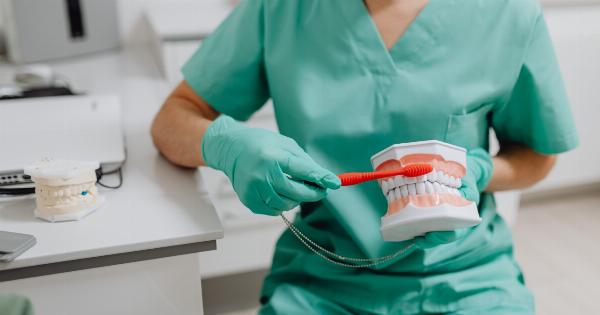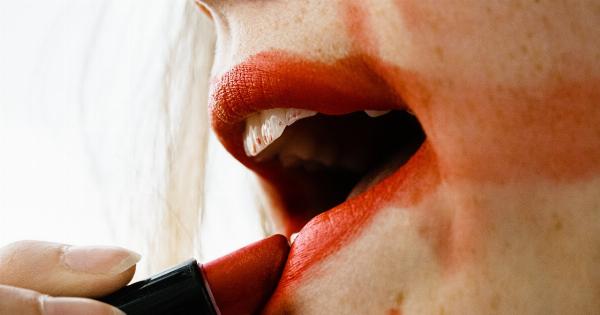Are you unhappy with the appearance of your smile? Do you have chipped, stained, or uneven teeth that make you self-conscious? If so, you may be a perfect candidate for a smile makeover with tooth bonding.
Tooth bonding is a minimally invasive cosmetic dental procedure that can transform your smile and boost your confidence. In this article, we will explore what tooth bonding is, the benefits it offers, the procedure involved, and what to expect during and after the treatment. Read on to learn how tooth bonding can give you the smile of your dreams!.
What is Tooth Bonding?
Tooth bonding, also known as dental bonding, is a cosmetic dental procedure that uses a tooth-colored resin material to repair or enhance the appearance of teeth.
The resin is applied to the tooth, molded into the desired shape, and then hardened using a special light. This process bonds the resin to the tooth, resulting in a natural-looking restoration that blends seamlessly with your existing teeth.
The Benefits of Tooth Bonding
Tooth bonding offers several benefits for those looking to improve their smile:.
1. Enhanced Appearance
One of the primary reasons individuals opt for tooth bonding is to improve the appearance of their teeth. Bonding can effectively fix a variety of cosmetic issues, including chipped, cracked, stained, or misshapen teeth.
By addressing these concerns, tooth bonding can provide you with a more attractive smile.
2. Minimally Invasive
Compared to other cosmetic procedures, tooth bonding is minimally invasive. The process typically requires little to no enamel removal, preserving the natural structure of your teeth.
This means that the procedure is generally painless and does not require anesthesia, making it an ideal choice for individuals who may be apprehensive about dental treatments.
3. Quick and Convenient
Tooth bonding is a relatively quick procedure that can often be completed within a single visit to your dentist.
Unlike other treatments that may require multiple appointments, bonding offers immediate results and eliminates the need for temporary restorations or waiting periods.
4. Cost-Effective
Compared to more extensive cosmetic treatments like dental veneers or crowns, tooth bonding is a cost-effective solution for enhancing your smile.
The materials used in tooth bonding are typically less expensive, making it a more affordable option for individuals on a budget.
The Tooth Bonding Procedure
The tooth bonding procedure typically involves the following steps:.
1. Consultation
The first step in the tooth bonding process is to schedule a consultation with your dentist.
During this initial appointment, your dentist will evaluate your oral health, discuss your concerns and goals, and determine if tooth bonding is the right treatment for you.
2. Tooth Preparation
Unlike other cosmetic procedures that may require significant tooth preparation, tooth bonding usually requires minimal preparation. In most cases, anesthesia is not necessary unless the bonding is being used to fill a cavity.
3. Color Matching
Your dentist will carefully select a shade of resin that matches the color of your natural teeth. This ensures that the bonding material seamlessly blends with your existing teeth, creating a natural-looking result.
4. Bonding Application
Once the tooth is prepared, your dentist will apply a conditioning liquid to the surface of the tooth. This helps the bonding material adhere properly.
The tooth-colored resin is then applied, molded into the desired shape, and smoothed to achieve a natural appearance.
5. Curing and Polishing
After the resin is shaped and molded, a special light is used to harden the material. This process, known as curing, allows the resin to bond to the tooth effectively.
Once the bonding is fully cured, your dentist will further trim and shape it to achieve the desired final result. The bonded tooth is then polished to match the shine and texture of the surrounding teeth.
What to Expect After Tooth Bonding
After the tooth bonding procedure, it’s important to follow your dentist’s instructions for proper care and maintenance. Here are a few things you can expect:.
1. Sensitivity
Some patients may experience temporary tooth sensitivity to hot or cold temperatures following tooth bonding. This sensitivity usually subsides within a few days.
2. Avoid Staining Agents
The resin used in tooth bonding is susceptible to staining. To maintain the appearance and longevity of your bonded teeth, it is important to avoid or minimize consumption of staining agents such as coffee, tea, tobacco, and red wine.
3. Oral Hygiene
Proper oral hygiene practices such as regular brushing, flossing, and routine dental cleanings should be followed to ensure the longevity of your bonded teeth.
Additionally, avoiding biting on hard objects or using your teeth as tools can help prevent damage to the bonding material.
Your Smile Makeover Awaits!
If you’re longing for a beautiful smile, tooth bonding can be an excellent solution.
With its ability to repair imperfections and enhance the appearance of teeth, tooth bonding offers a convenient and cost-effective option for achieving the smile of your dreams. Schedule a consultation with your dentist today to see if tooth bonding is the right choice for you!.




























